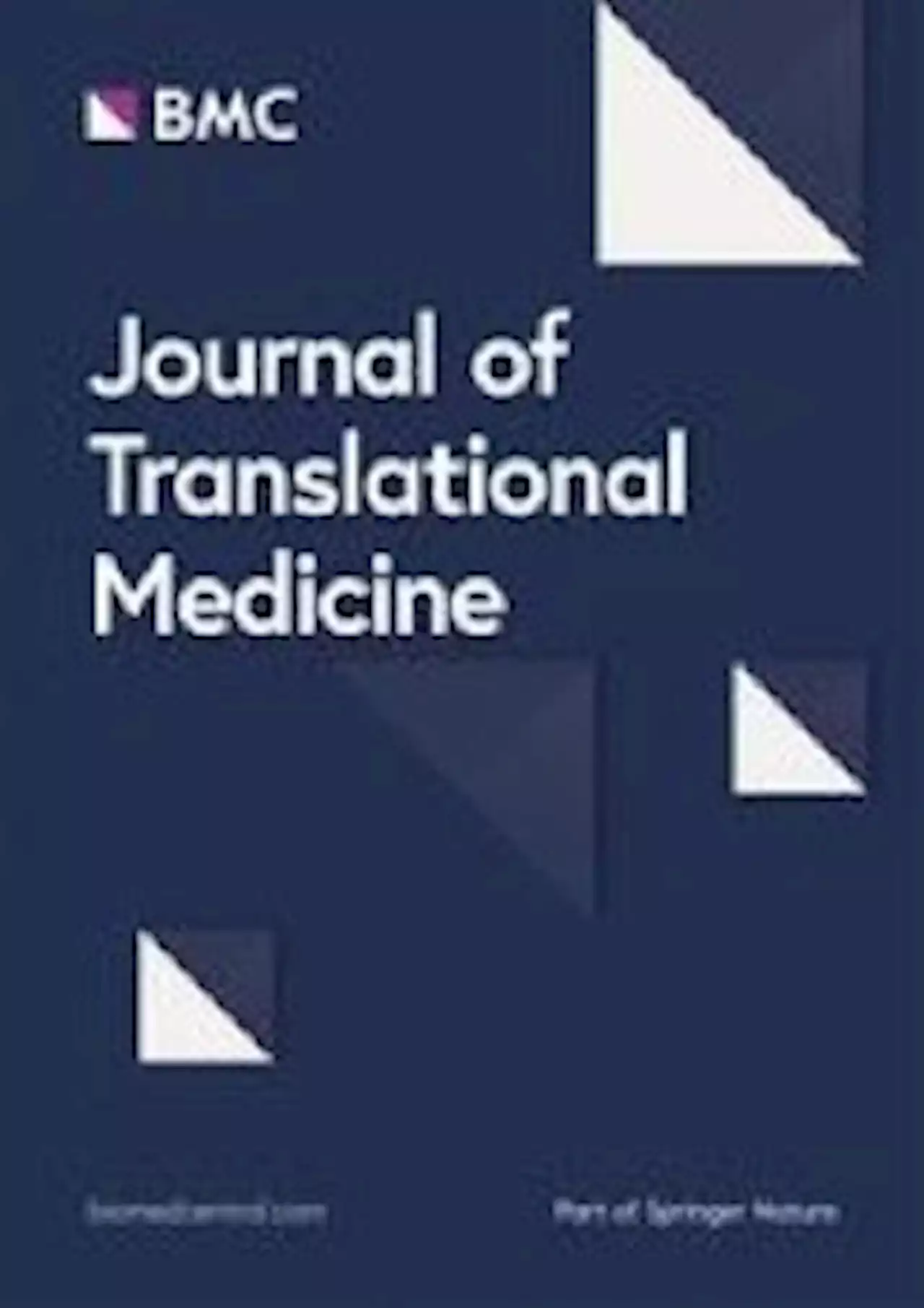No increased COVID risk for dental practitioners during clinical activities, study finds harvardmed jamanetworkopen
When the volume of positive cases increased dramatically with Omicron, contact tracing focused largely on conducting automated outreach and addressing complex cases, whereas notification of close contacts became the responsibility of individuals with SARS-CoV-2 infection.
Results of real-time RT-PCR self-tests for SARS-CoV-2 infection were obtained from 391 individuals participating in the mandatory surveillance program at HSDM from August 24, 2020, through February 28, 2022. During the study period, 22 766 tests were processed; the results were obtained from the Broad Institute of MIT and Harvard and from the Harvard University Clinical Laboratory.
To assess the crude association of individual characteristics with test positivity, individual-level univariate analyses were conducted. For these analyses, results were aggregated to the individual level, with the outcome defined as having a positive test result at least once during the study period.
United Kingdom Latest News, United Kingdom Headlines
Similar News:You can also read news stories similar to this one that we have collected from other news sources.
What is the prevalence of COVID-19 detection by PCR among deceased individuals in Lusaka, Zambia? A postmortem surveillance studyObjectives To determine the prevalence of COVID-19 postmortem setting in Lusaka, Zambia. Design A systematic, postmortem prevalence study. Setting A busy, inner-city morgue in Lusaka. Participants We sampled a random subset of all decedents who transited the University Teaching Hospital morgue. We sampled the posterior nasopharynx of decedents using quantitative PCR. Prevalence was weighted to account for age-specific enrolment strategies. Interventions Not applicable—this was an observational study. Primary outcomes Prevalence of COVID-19 detections by PCR. Results were stratified by setting (facility vs community deaths), age, demographics and geography and time. Secondary outcomes Shifts in viral variants; causal inferences based on cycle threshold values and other features; antemortem testing rates. Results From 1118 decedents enrolled between January and June 2021, COVID-19 was detected among 32.0% (358/1116). Roughly four COVID-19+ community deaths occurred for every facility death. Antemortem testing occurred for 52.6% (302/574) of facility deaths but only 1.8% (10/544) of community deaths and overall, only ~10% of COVID-19+ deaths were identified in life. During peak transmission periods, COVID-19 was detected in ~90% of all deaths. We observed three waves of transmission that peaked in July 2020, January 2021 and ~June 2021: the AE.1 lineage and the Beta and Delta variants, respectively. PCR signals were strongest among those whose deaths were deemed ‘probably due to COVID-19’, and weakest among children, with an age-dependent increase in PCR signal intensity. Conclusions COVID-19 was common among deceased individuals in Lusaka. Antemortem testing was rarely done, and almost never for community deaths. Suspicion that COVID-19 was the cause of deaths was highest for those with a respiratory syndrome and lowest for individuals |19 years. Data are available upon reasonable request.
Read more »
 Brain fog of post-COVID-19 condition and Chronic Fatigue Syndrome, same medical disorder? - Journal of Translational MedicineBackground Myalgic Encephalomyelitis/Chronic Fatigue Syndrome (ME/CFS) is characterized by persistent physical and mental fatigue. The post-COVID-19 condition patients refer physical fatigue and cognitive impairment sequelae. Given the similarity between both conditions, could it be the same pathology with a different precipitating factor? Objective To describe the cognitive impairment, neuropsychiatric symptoms, and general symptomatology in both groups, to find out if it is the same pathology. As well as verify if the affectation of smell is related to cognitive deterioration in patients with post-COVID-19 condition. Methods The sample included 42 ME/CFS and 73 post-COVID-19 condition patients. Fatigue, sleep quality, anxiety and depressive symptoms, the frequency and severity of different symptoms, olfactory function and a wide range of cognitive domains were evaluated. Results Both syndromes are characterized by excessive physical fatigue, sleep problems and myalgia. Sustained attention and processing speed were impaired in 83.3% and 52.4% of ME/CFS patients while in post-COVID-19 condition were impaired in 56.2% and 41.4% of patients, respectively. Statistically significant differences were found in sustained attention and visuospatial ability, being the ME/CFS group who presented the worst performance. Physical problems and mood issues were the main variables correlating with cognitive performance in post-COVID-19 patients, while in ME/CFS it was anxiety symptoms and physical fatigue. Conclusions The symptomatology and cognitive patterns were similar in both groups, with greater impairment in ME/CFS. This disease is characterized by greater physical and neuropsychiatric problems compared to post-COVID-19 condition. Likewise, we also propose the relevance of prolonged hyposmia as a possible marker of cognitive deterioration in patients with post-COVID-19.
Brain fog of post-COVID-19 condition and Chronic Fatigue Syndrome, same medical disorder? - Journal of Translational MedicineBackground Myalgic Encephalomyelitis/Chronic Fatigue Syndrome (ME/CFS) is characterized by persistent physical and mental fatigue. The post-COVID-19 condition patients refer physical fatigue and cognitive impairment sequelae. Given the similarity between both conditions, could it be the same pathology with a different precipitating factor? Objective To describe the cognitive impairment, neuropsychiatric symptoms, and general symptomatology in both groups, to find out if it is the same pathology. As well as verify if the affectation of smell is related to cognitive deterioration in patients with post-COVID-19 condition. Methods The sample included 42 ME/CFS and 73 post-COVID-19 condition patients. Fatigue, sleep quality, anxiety and depressive symptoms, the frequency and severity of different symptoms, olfactory function and a wide range of cognitive domains were evaluated. Results Both syndromes are characterized by excessive physical fatigue, sleep problems and myalgia. Sustained attention and processing speed were impaired in 83.3% and 52.4% of ME/CFS patients while in post-COVID-19 condition were impaired in 56.2% and 41.4% of patients, respectively. Statistically significant differences were found in sustained attention and visuospatial ability, being the ME/CFS group who presented the worst performance. Physical problems and mood issues were the main variables correlating with cognitive performance in post-COVID-19 patients, while in ME/CFS it was anxiety symptoms and physical fatigue. Conclusions The symptomatology and cognitive patterns were similar in both groups, with greater impairment in ME/CFS. This disease is characterized by greater physical and neuropsychiatric problems compared to post-COVID-19 condition. Likewise, we also propose the relevance of prolonged hyposmia as a possible marker of cognitive deterioration in patients with post-COVID-19.
Read more »
 COVID infection, and vaccination, linked to heart conditionInvestigators from the Smidt Heart Institute at Cedars-Sinai validated the link between a debilitating heart condition and COVID-19 and, to a lesser extent, a novel link between the same condition and COVID-19 vaccination.
COVID infection, and vaccination, linked to heart conditionInvestigators from the Smidt Heart Institute at Cedars-Sinai validated the link between a debilitating heart condition and COVID-19 and, to a lesser extent, a novel link between the same condition and COVID-19 vaccination.
Read more »
 What are the patterns of symptoms and risk factors for Long COVID among SARS-CoV-2 infected individuals?What are the patterns of symptoms and risk factors for Long COVID among SARS-CoV-2 infected individuals? medrxivpreprint UUtah UCSF DukeMedSchool nyugrossman symptoms riskfactor longcovid covid COVID19 SARSCoV2
What are the patterns of symptoms and risk factors for Long COVID among SARS-CoV-2 infected individuals?What are the patterns of symptoms and risk factors for Long COVID among SARS-CoV-2 infected individuals? medrxivpreprint UUtah UCSF DukeMedSchool nyugrossman symptoms riskfactor longcovid covid COVID19 SARSCoV2
Read more »
![]() China to deactivate national Covid tracking appIt's a further sign that Beijing is moving away from its controversial zero-Covid strategy.
China to deactivate national Covid tracking appIt's a further sign that Beijing is moving away from its controversial zero-Covid strategy.
Read more »
 Zero to sickly? China’s covid climbdownWith astonishing speed, the machinery of testing, tracing and lockdowns is being dismantled. We examine the risks that will pose to a country that is not prepared for big outbreaks. A winemaker’s lawsuit in Napa Valley reveals why many Californians believe regulators are unfriendly to business. And a clever solution to spare sharks from becoming unwanted “bycatch”. Help us make the show better: take our listener survey at http://economist.com/intelligencesurvey For full access to print, digital and audio editions of The Economist, subscribe here www.economist.com/intelligenceoffer Hosted on Acast. See acast.com/privacy for more information.
Zero to sickly? China’s covid climbdownWith astonishing speed, the machinery of testing, tracing and lockdowns is being dismantled. We examine the risks that will pose to a country that is not prepared for big outbreaks. A winemaker’s lawsuit in Napa Valley reveals why many Californians believe regulators are unfriendly to business. And a clever solution to spare sharks from becoming unwanted “bycatch”. Help us make the show better: take our listener survey at http://economist.com/intelligencesurvey For full access to print, digital and audio editions of The Economist, subscribe here www.economist.com/intelligenceoffer Hosted on Acast. See acast.com/privacy for more information.
Read more »